Design Styles
What they are. Identifying elements. Where to shop for your style.
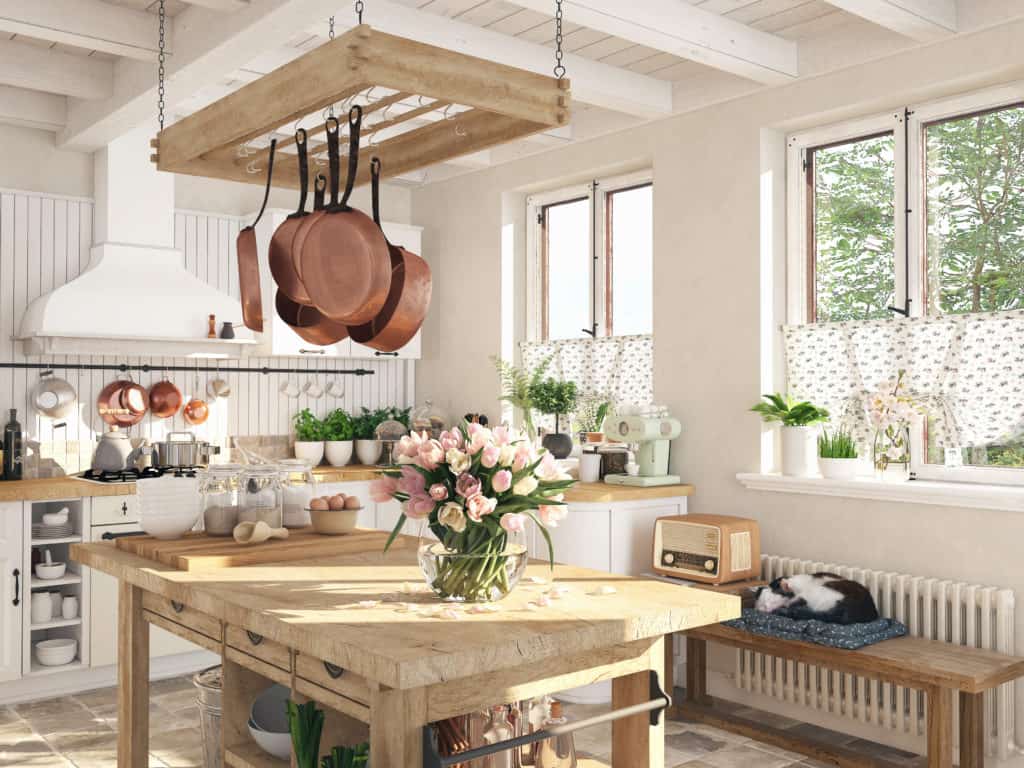
I have pondered over the many ways to define design styles as I worked on this page. After much deliberation, I have come to the conclusion that of the dozens of design styles in the marketplace today, all styles seem to fall into one of four categories.
(At least that’s how I’m going to put forth this information to you).
Within each of these styles falls variations of styles, maybe even multiple styles working together to create a synergistic style that is something that’s your very own. Now before you go thinking that your style isn’t any of those four, read on.
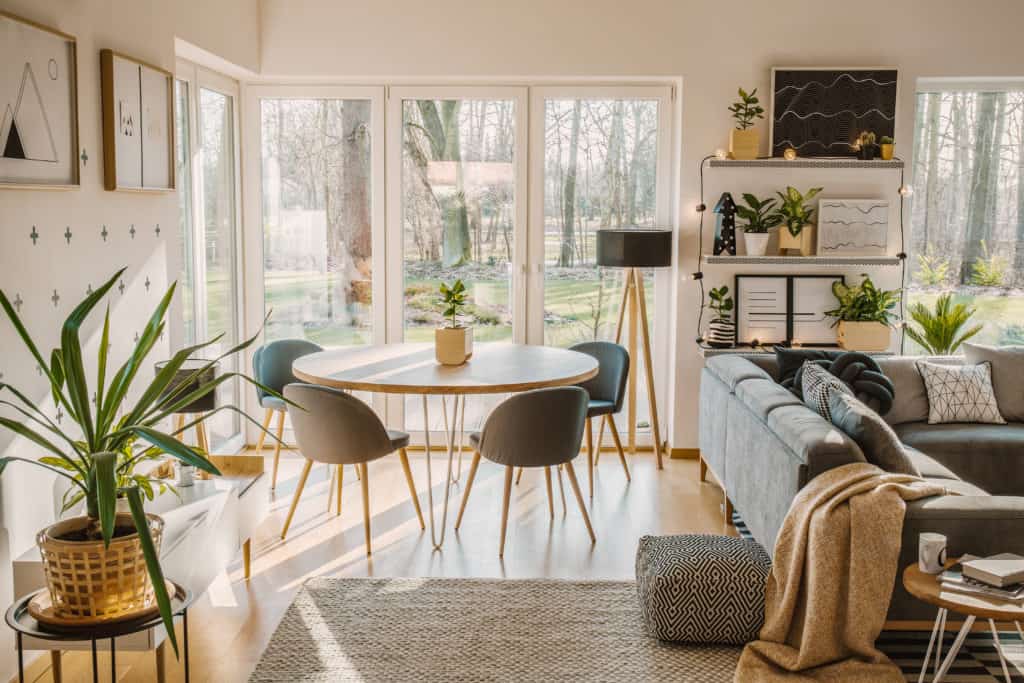
Styles that fall under the Modern Umbrella
Design styles in the 21st century relating to Modern Design include:
- Minimalist
- Retro Modern
- Scandinavian
- Modern Glam – View Look Book
- Industrial Modern – View Look Book
Retailers with great Modern design items include Z Gallerie, Arhaus, IKEA, and the like.
I hear people using “Contemporary” & “Modern” interchangeably and I’d like to clarify that right here. The Modern design style that we see in the market place today is a twist on the Danish Modern style of the mid 20th Century. It is also sometimes referred to as Mid-Century Modern.
Modern design spawned from the creativity of The Bauhaus in the early 20th century and we still use the design theories today largely in the Minimalist movement.
- Clean, straight, & thin legs
- Form-fitting, ergonomic seating
- Muted color palettes
- Minimalistic details
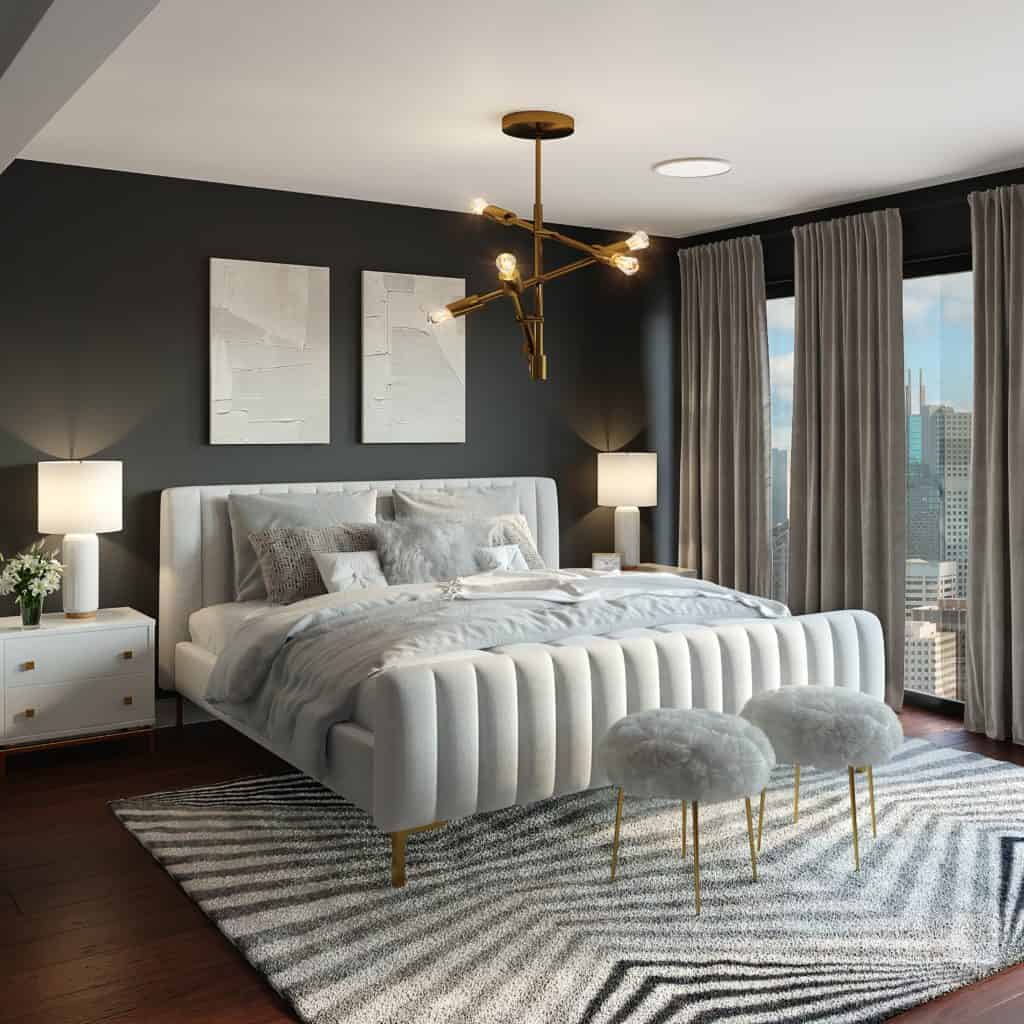
Modern Glam
This spin on Modern design emphasizes the glamour of the 1930's. As such, there are a smattering of Art Deco influences along with more texture than in straightforward Modern design. Still, this style of design is really trendy right now and decor can be found in a number of retail-friendly suppliers.
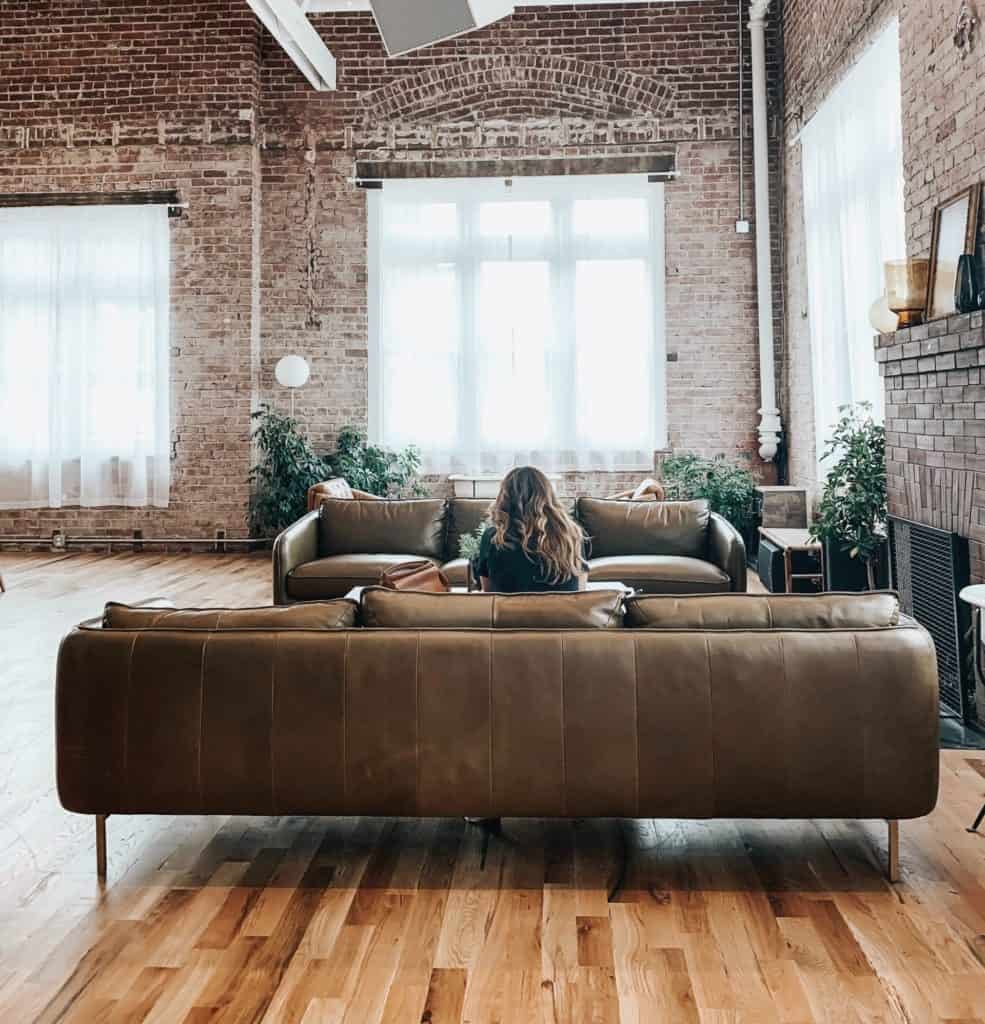
Industrial Modern
With the popularity of loft-style living, Industrial Modern is seeing a burst of popularity right now. For those who don't care for the "thinness" of typical Modern, Industrial Modern is a more robust take on the cleanline look & feel.
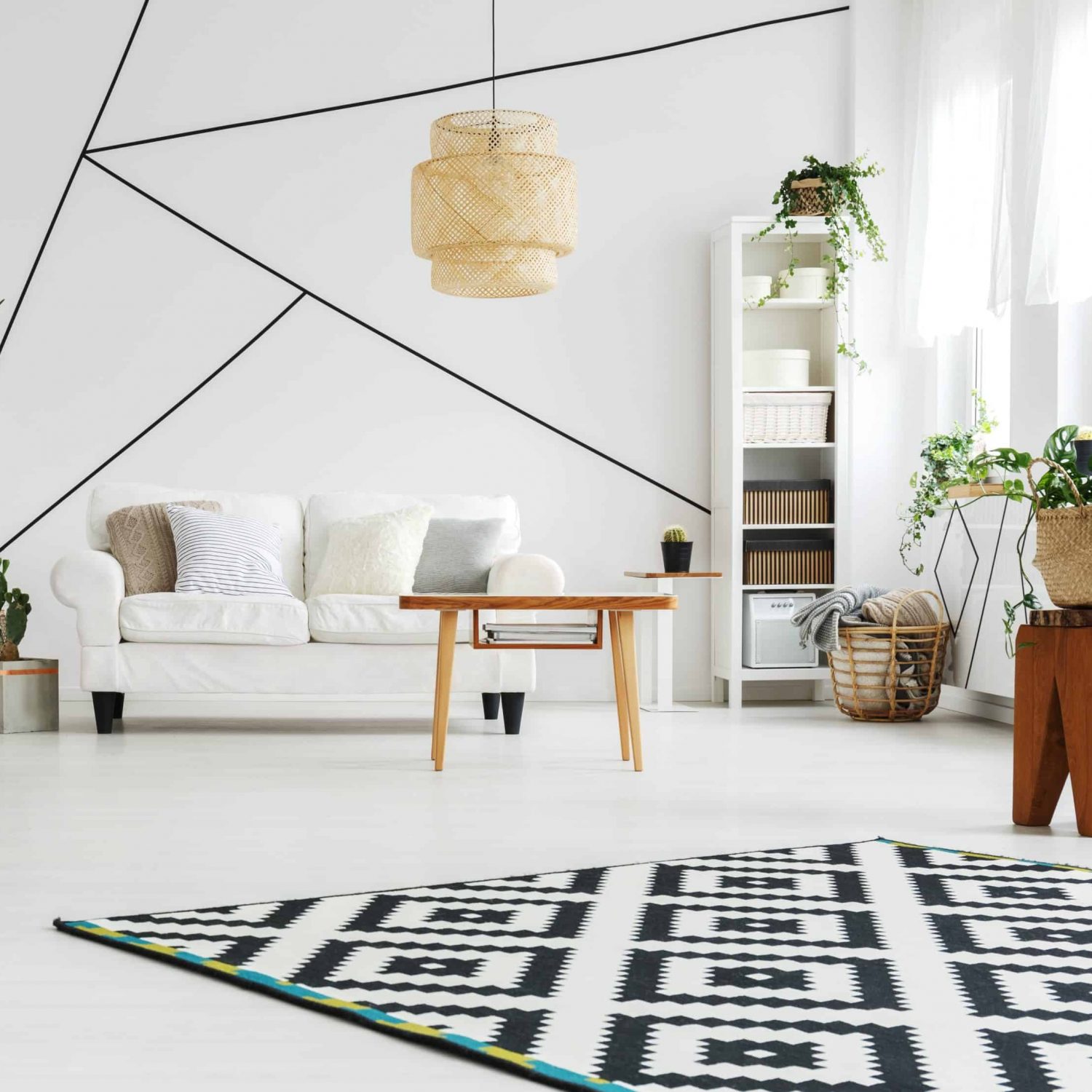
Minimalist
Minimalist is also hugely popular at the moment. Younger millennials are enjoying this style of design as they begin life away from home and realize that furnishing a home can be expensive. Simple, easy furnishings are all we need - stick to essentials with this look.
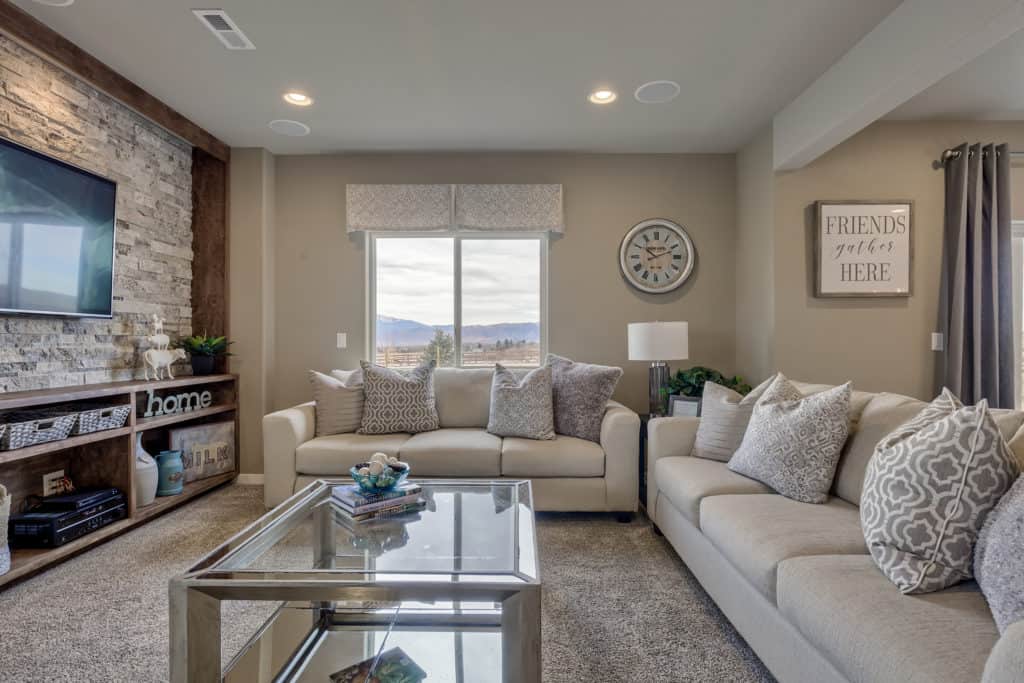
Transitional Styles
Design styles that work well in Transitional Design include:
- Retro Modern
- Bohemian / Boho Chic
- Shabby Chic
- French Country
- English Country
Because this style mixes different elements of design, you can find pieces for Transitional Design almost anywhere. Crate and Barrel, Pottery Barn, World Market, and the like have a great offering of Transitional Design.
Perhaps the most livable of all styles of design, Transitional simply never goes out of style. The style which we refer to as Transitional has stemmed from what was once referred to as Eclectic.
The challenge to Transitional is getting the balance right. With mixing styles, you still need to keep one style dominant. So if you are doing this on your own without a design professional, style your space 70% one style and 30% another. If you balance the styles too closely, it just becomes a mess.
- Clean, straight lines mixed with traditional elements
- Casual seating, predominantly comfort over style.
- Light color palettes with pops of accent colors
- Somewhat “heavy” accents and chunky accessories
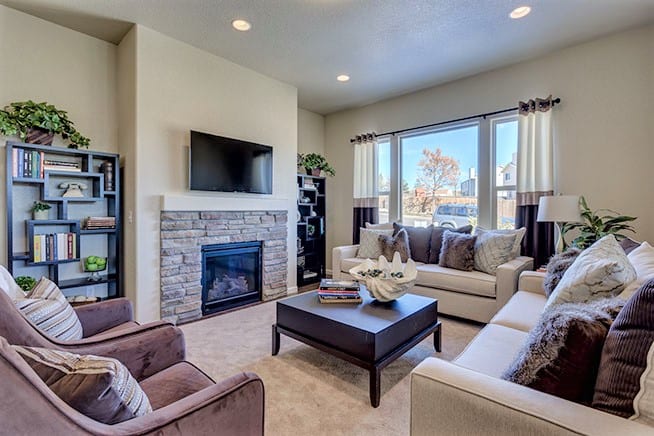
Urban Chic
Urban Chic design is cozy and welcoming, but still upscale in feeling. It's not as relaxed as Coastal and it offers a feeling of sophistication. Large scale club chairs and boxy but livable upholstered items are mixed with modern elements in the case good items. Remember that colors are mostly kept to neutral palettes with only subtle pops of color in Transitional Design.
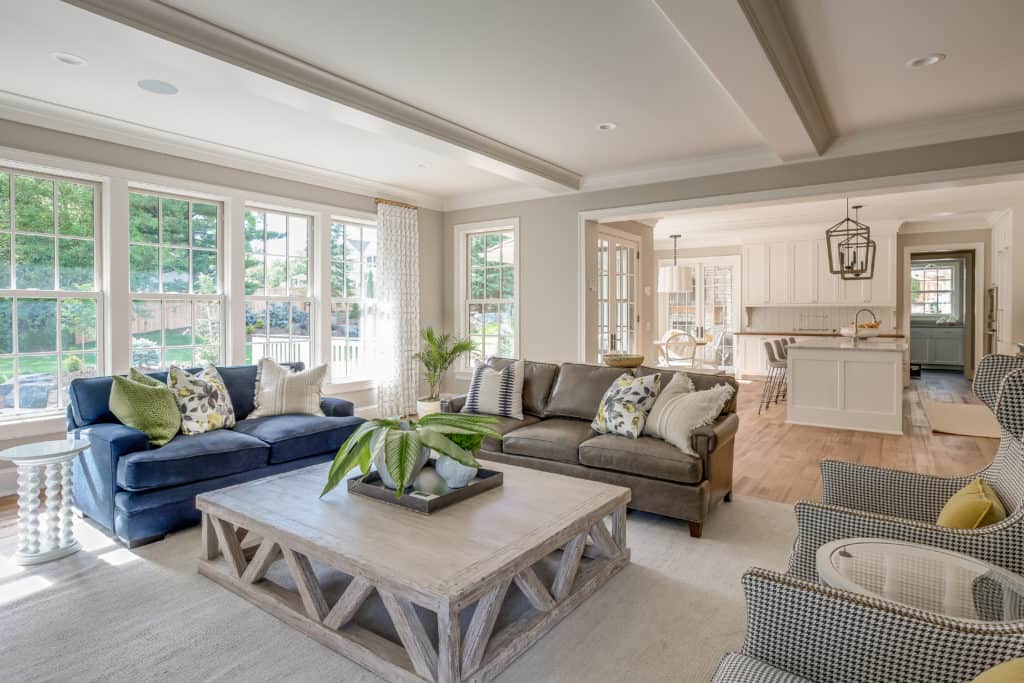
Coastal Design
Coastal Design is also enjoying a wave of popularity and can be found just about anywhere right now. It is fresh and light. Lines are clean, but the goal is comfort. Stylistically speaking, it is hard to define as it isn't French, English, Modern, or Traditional. This is the epitome of Transitional Design.
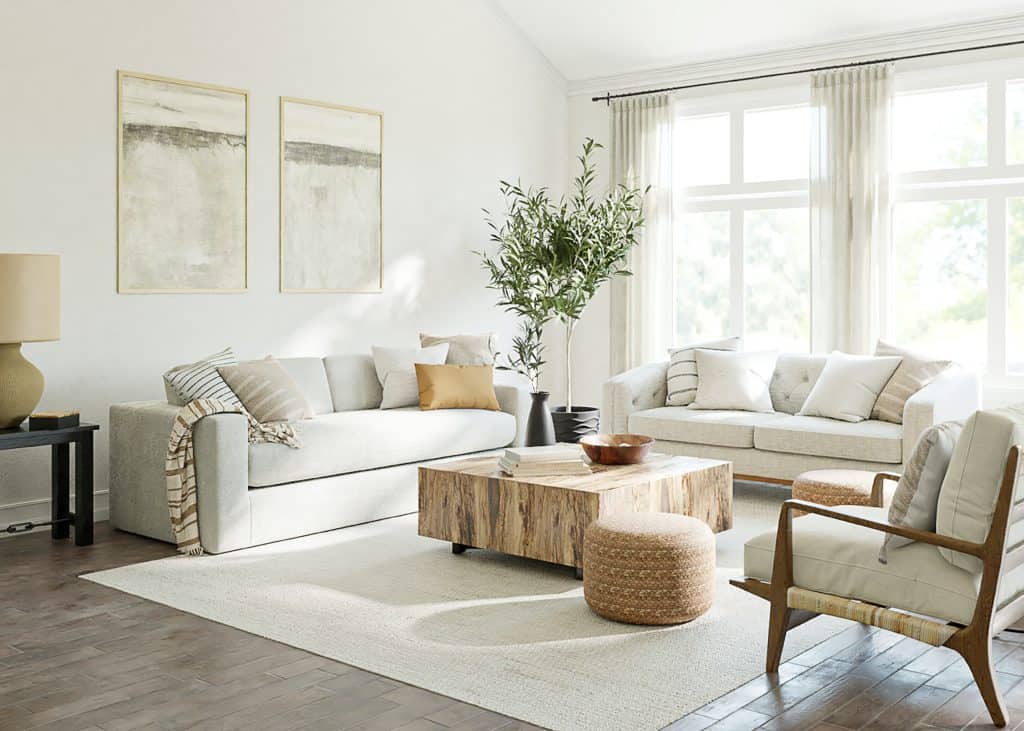
Minimal Mix
Minimal Mix is a noncommittal form of
Minimal design. The elements and accents are more plentiful than true Minimal and the pieces are more robust in scale. The aspect of this that keeps it Transitional, is the comfort over style factor. Often Minimal design will sacrifice comfort for style. Transitional will always offer you a relaxing space to put your feet up.
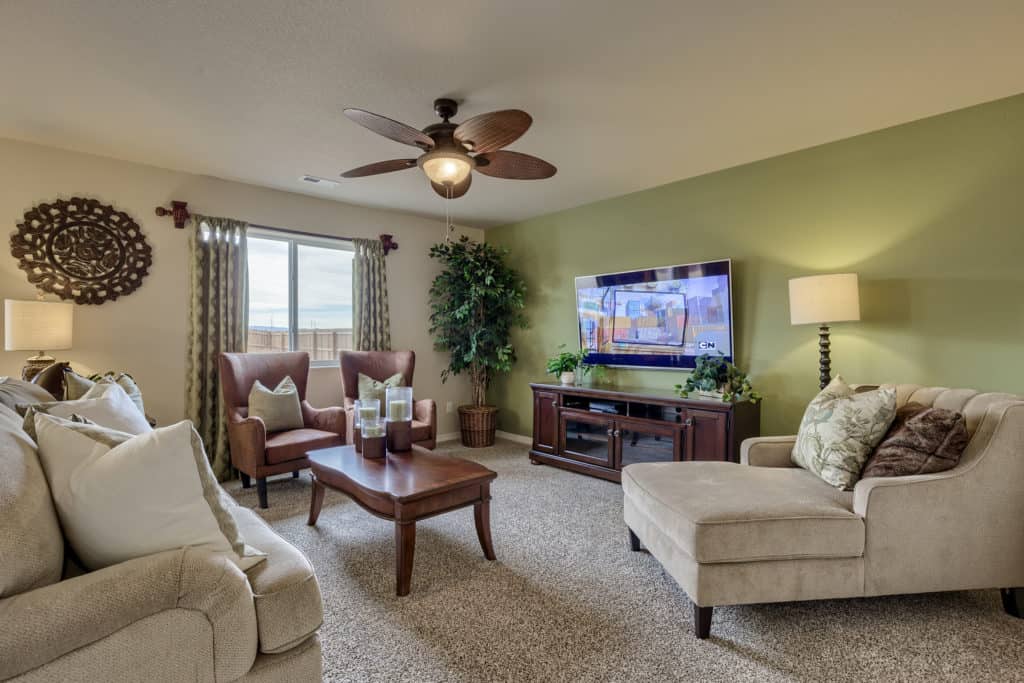
Traditional is a Mainstay
Design Styles that work well in Traditional Design include:
- Grandmillennial
- Lodge
- Ranch
- Americana
- Early American
- Country (French, English,..)
- Magnolia
Traditional Design Styles can be found at most large retail furniture stores such as Ethan Allen, Arhaus, Bassett, Ashley Home Store, and the like.
Traditional interior design gets a bad rap because the overarching theme is that Traditional design is what your parents liked in their homes.
Not true at all. I see a lot of people scoff at Traditional design and then I go into their homes and they have multiple pieces that are Traditional.
Traditional design is simply a true antique, an early American style, or even an updated version of a classic design. I like to think of Traditional like a classic Chanel suit. It never really goes out of style.
- Soft, flowing lines
- Rolled arms
- Textured & reclaimed wood
- Historical influences
- Anything Oak
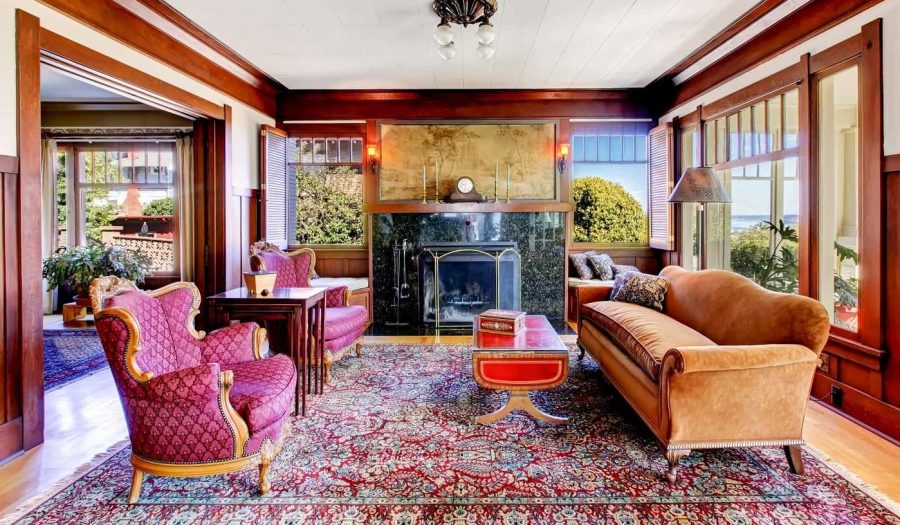
Grandmillennial
Grandmillennial is all about having old and new adjacent and juxtaposed to create a new and vibrant design. The very definition of synergy. This style incorporates high back wing chairs, rolled arm sofas, Empire design, and other historical features while adding in new bold colors and beautiful chintz fabrics for added interest.
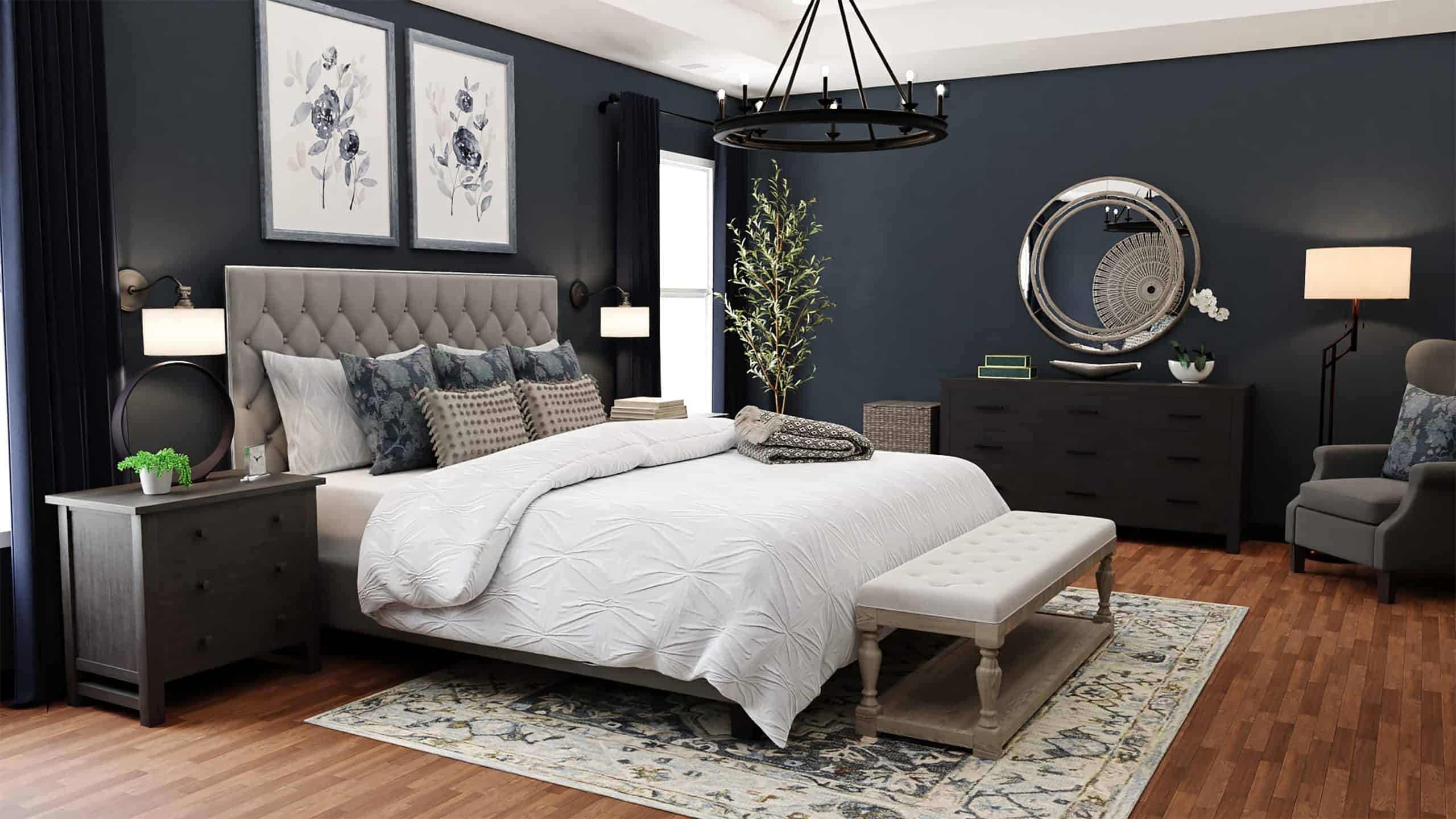
Hollywood Bungalow
Old Hollywood is a style that is often overlooked, yet I see it in the marketplace time and again. This style reflects the lavish luxury imagined in the early days of Hollywood. There is a romance to this style of design. Tufted upholstery, high back chairs, turned legs, and a bit of glamour. This style works extremely well with strong palettes of muted colors, whispy florals, and statement accessories.
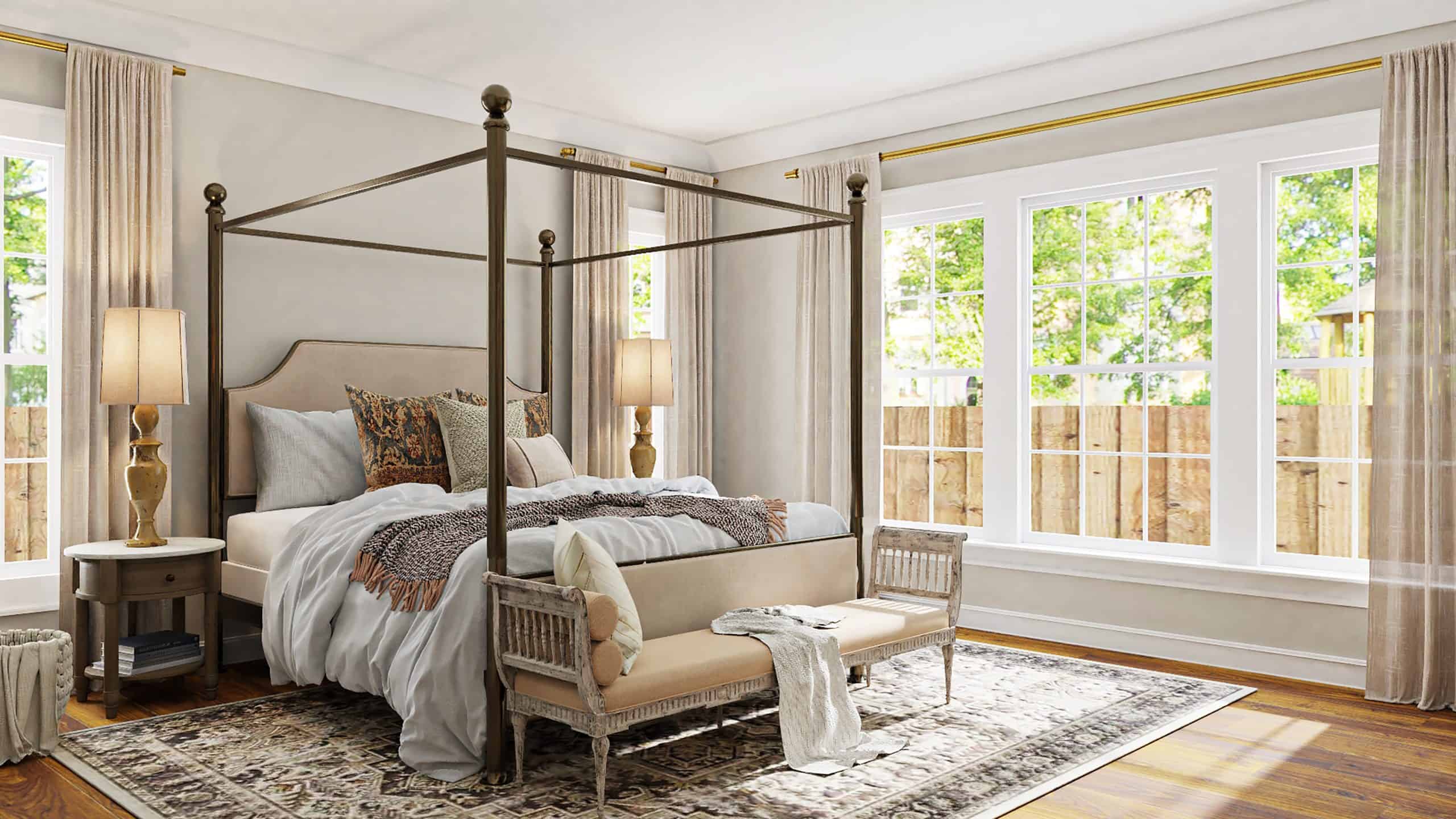
Country
Country is a broad style of design that includes French and English aspects. It is solidly based on antique styles of early American and European designs. Metals are worn and flat, typically dark in finish. Woods are grainy and weathered. There is a very relaxed and comfortable feeling with this style and when the elements begin to show wear, it looks even better!
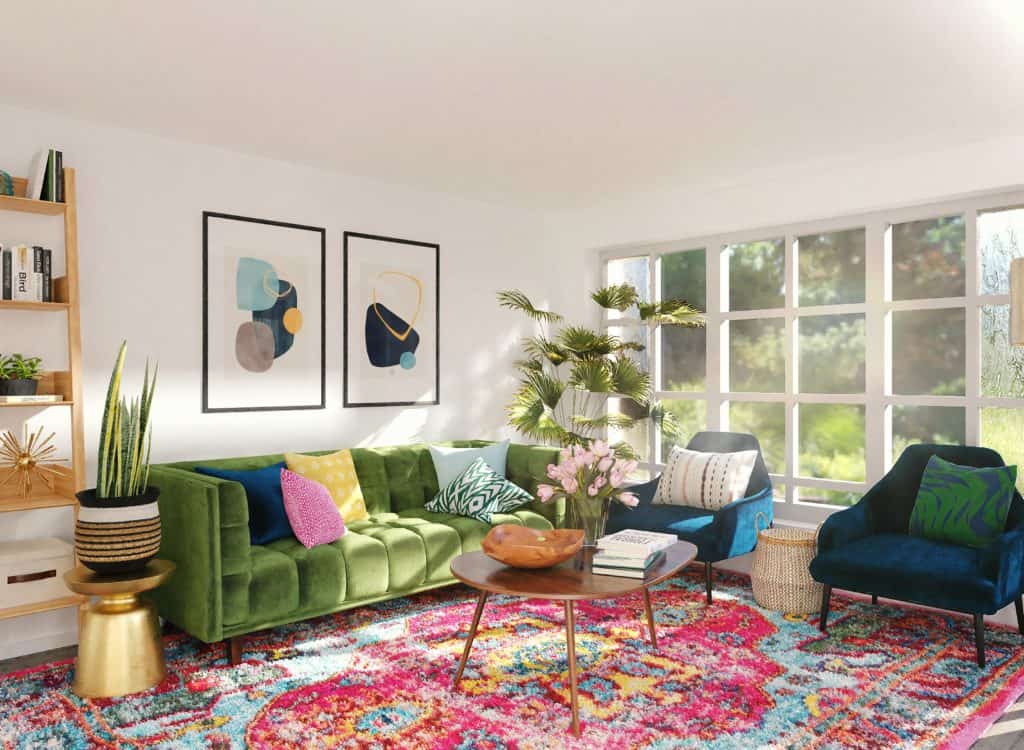
Design Styles that fall into Contemporary Design include:
- Minimalist
- Modern
- Anything New and Innovative
By definition, you should be able to find contemporary design anywhere in the marketplace, however many retailers will often cater to one style over another, so pieces that are true contemporary design may be more challenging to spot.
Contemporary Design is the most fluid of all design styles as it is truly what the title means. Whatever is current is Contemporary. What we labeled as Contemporary in the 1970’s is now “Retro”.
So this style of design is mostly undefinable because whatever I write here, will be outdated within a short space of time. Typically speaking, Contemporary does lean toward a Modern / Danish Modern feel with clean, simple – often futuristic – lines.
- Clean, straight lines
- Ergonomic seating
- Rigid lines, but often soft fabrics such as velvet or velour
- Bright colors OR solid black, grey, or brown tones
- High gloss finishes such as brass, copper and painted or lacquer

